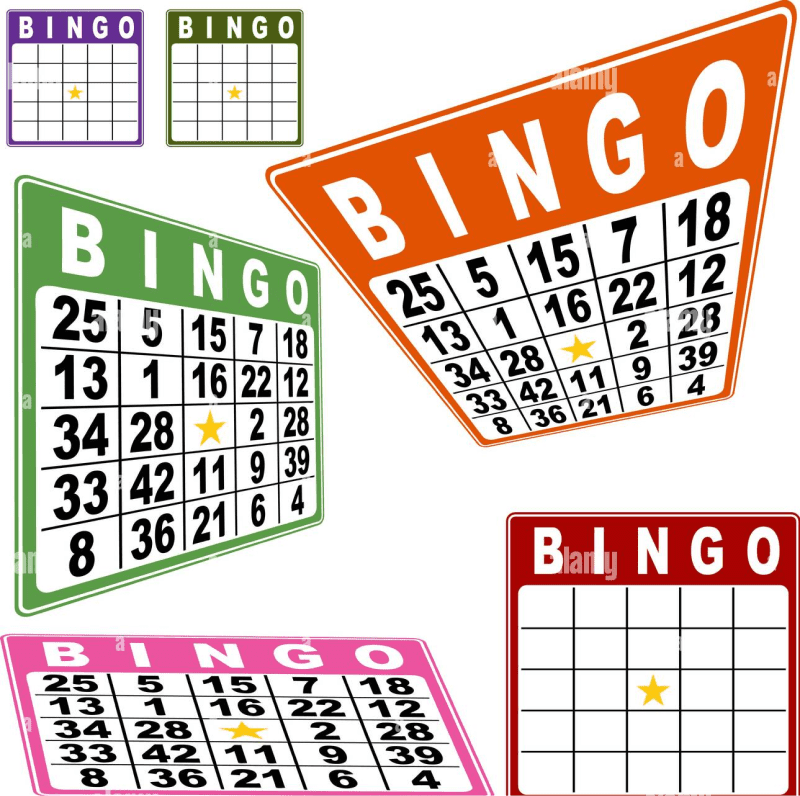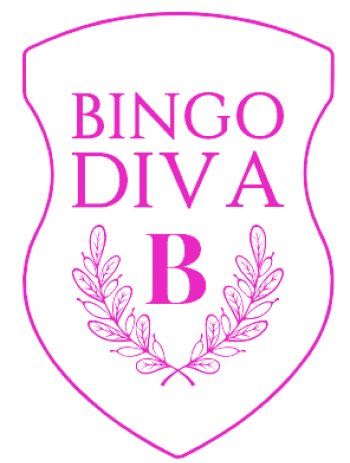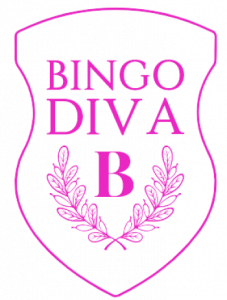Considered by many to be among the easiest to play of all table games, bingo involves the use of a specially-designed card that contains a set of uniquely-combined numbers placed within a grid or square. In the US, bingo makes use of numbers 1 to 75 in contrast to UK-based bingo games where the bigger 90-ball bingos are used.
The mechanics of a bingo game US style often involves the completion of a pattern on the bingo card as required by the game masters just before the start of every bingo game. The pattern required to be completed usually varies and this can range from a single straight line to the more popular but complicated one where every number found on the bingo card needs to be marked off.

In any case, once a bingo player gets to purchase his bingo card, he is expected to wait for the pattern that he is supposed to form on his card based on the requirement of the bingo game that he will be playing in. This is usually announced by the official game master, commonly referred to as the game caller or caller for short.
The bingo cards have traditionally been made of cardboard pieces or some other recycled materials measuring approximately five by five. They contain 25 equally-measured squares arranged into ten rows, five horizontal and five vertical. Each square carries one number, the smallest being 1 and the highest being 75, with the central square usually offered as a bonus and thus carries no number.
The word BINGO can clearly be seen spelled atop each of the five different vertical columns of every card, with each letter carrying 15 different numbers. The arrangement usually goes as follows: numbers 1-15 fall under the column of B; column I carries numbers 16-30; numbers 31-45 fall under N; G has numbers 46-60; and O carries numbers 61-75.
The game officially begins once the caller selects at random one ball from the set of balls that has been placed inside a specially-designed container. The container usually has a spinning mechanism which enables the balls to continuously roll inside. The balls each carry one number ranging from 1-75 and once a given ball is called out, it is quickly set apart from the rest of the balls to avoid the possibility that it might get drawn out again.
After one numbered ball gets called out, a participating bingo player should quickly search for the number on his card. If his card carries the said number, the player is then required to place a mark on it, usually with specially-made markers known as daubers.
Afterwards, the caller draws another ball, calls out its number, then sets aside the ball, with the players making the corresponding marks on their cards. The process can be rather fast at times so one skill that players need to master when playing bingo is how to quickly find and mark a called number on the cards that they have before the caller gets to draw the next ball. In the early versions of bingo games, this may be a problem to some players, but modern-day bingo now makes use of television monitors so players can easily catch up on the next called number just in case they get stuck on the previous one.
The ball drawing and calling process continues until such time when one bingo player gets to complete the particular pattern required for that particular bingo game. Once this happens, the player who completes the pattern is supposed to shout “bingo” to signal the caller to stop drawing the next ball. The player then presents his marked card to the caller who then presents the card to the games verifier. Once the marked card is confirmed, the player is announced as the winner for which he is given the corresponding prize. Afterwards, an entirely new bingo game with a new pattern requirement is started.

